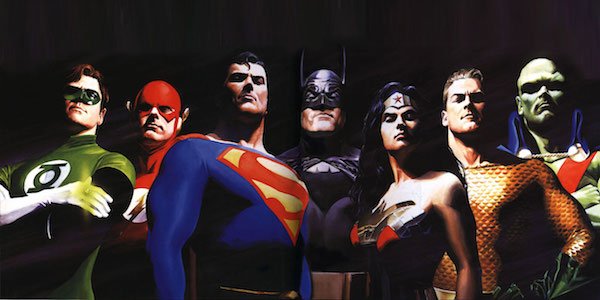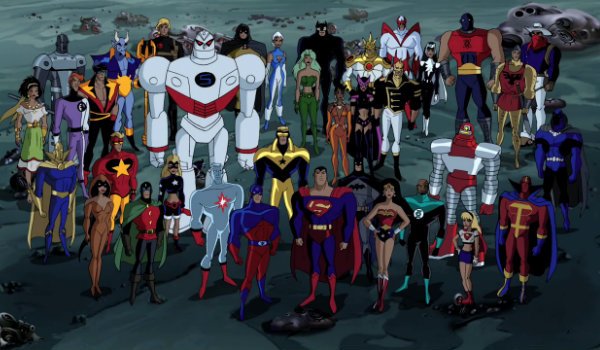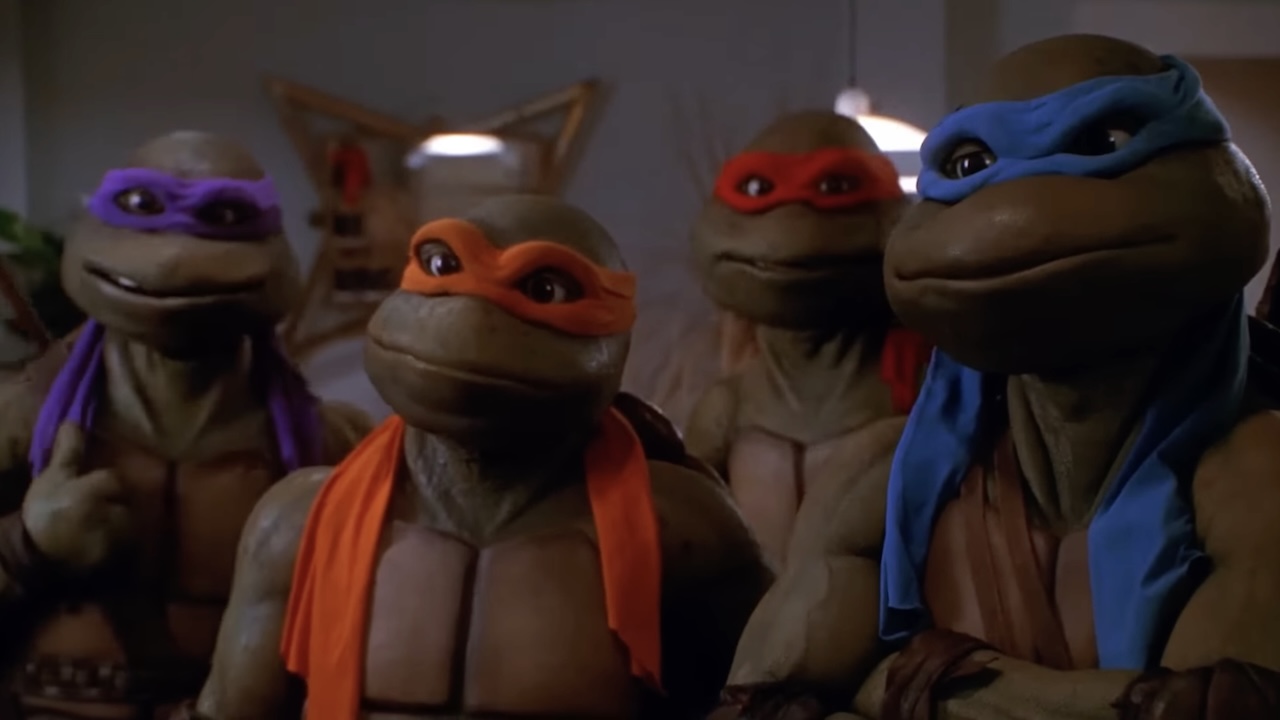Why DC Films Shouldn't Worry Too Much About Origin Stories

There’s more than one way to skin a cat. If you can get passed how messed up that saying is on the surface then you realize it’s actually a pretty solid philosophy. Many people have blasted the upcoming DC films for not following the tried and true Marvel method of origin stories followed by team ups. They assert that Batman v Superman: Dawn of Justice has moved too fast, and that the DCEU needs time to properly form and come together. To that I say one thing: bullshit.
While origin stories have most certainly become a common trope in comic book movies, that doesn’t make them essential to telling a proper superhero tale – especially one inhabited by multiple costumed characters. For evidence of this I implore you to look no further than the original contemporary superhero franchise: X-Men. Brian Singer’s 2000 original X-Men film wasted little to no time on origin stories for any of its characters, and instead opted to tell the best possible story that these characters could inhabit.

In fact, any real insight into the origin of Hugh Jackman’s Wolverine was saved for the second film, just as Jean Grey’s was saved for the third – although the less we say about that the better. Having a less clear idea of where these characters came from and how they viewed the world actually served the series well because it left room for later exploration, as well as helped form a more team-oriented dynamic. It’s a method that the franchise will seemingly continue when new mutants enter the fray in X-Men: Apocalypse this summer.
Even the X-Men origin story, X-Men: First Class, took very little time to delve into the backstories of the titular team members. Instead it focused on the relationship of Professor X and Magneto while providing quick, concise explanations of each mutant’s abilities and skills.
Your Daily Blend of Entertainment News
Beyond that, the members of the Justice League have a long, storied history of mainstream adventures that people generally can grasp. Their iconography serves them well, because people pretty much know them and what they're capable of already. Prior to the premiere of the wildly popular Justice League cartoon, the only really well known DC superheroes in animation were Batman and Superman. Audiences outside of the comics slowly grew accustomed to characters like Green Lantern and Flash, learning more about their powers as the series progressed.
This trend only continued as Justice League spun off into Justice League Unlimited, which showcased incredibly obscure DC heroes ranging from Black Canary to Booster Gold. The show's format required the producers to condense their adventures into roughly 20-minute episodes, and almost no in-depth origin stories were ever provided. Even the most absurd character's abilities and world views will become clear to an audience over time if the filmmakers simply trust their ability to faithfully adapt the material and tell a strong story.

Look, I’m not saying that the Marvel Cinematic Universe’s method of storytelling hasn’t worked; it totally has. All I’m saying is this: there’s more than one way to skin a cat, bat, Kryptonian, or speedster. You can have an iconic superhero team-up without immediately delving into the nitty gritty detail of where each character came from, and it all works out just fine in the end – as long as the characters receive proper love and care from the director and writers. We will see if Zack Snyder manages to pull that maneuver of when Batman v Superman: Dawn of Justice finally hits theaters on March 25.
Originally from Connecticut, Conner grew up in San Diego and graduated from Chapman University in 2014. He now lives in Los Angeles working in and around the entertainment industry and can mostly be found binging horror movies and chugging coffee.

